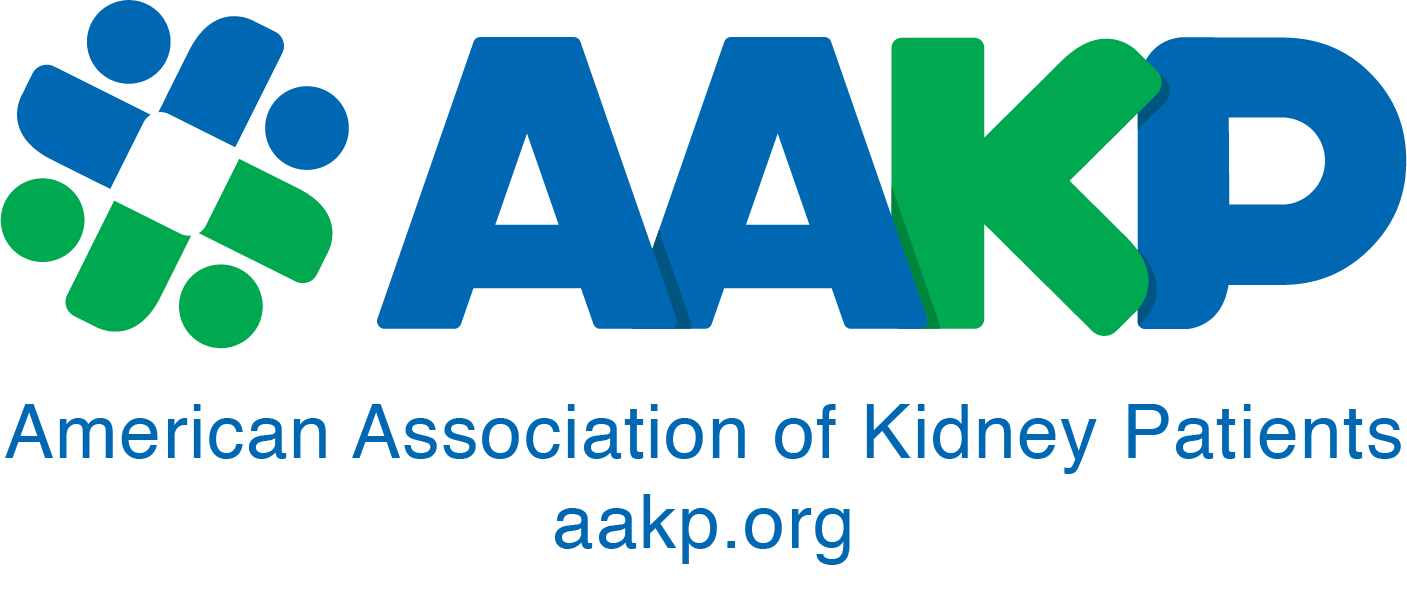
Who We Are
The American Association of Kidney Patients (AAKP) is the oldest and largest kidney patient education and advocacy organization in the nation. AAKP proudly represents the largest base of patient consumers, families, organ donors, and care partners in the kidney space.
What We Do
Founded in 1969 by six kidney patients, AAKP has always been a patient-led organization. We educate patients and policymakers on the need for greater investments and innovations in kidney disease research, detection, and treatment. We are known nationwide and across the globe for our aggressive advocacy on behalf of kidney patient consumers and their right to treatment care choice, in consultation with the doctors who they choose to care for them.
We Believe
AAKP defines high-quality kidney care as timely patient access, without interference, to innovations that help prevent and treat diseases, and empower patients to remain healthy, independent, and better able to pursue their aspirations - including meaningful full-time or part-time work and a career; home ownership; starting and supporting a family; and a secure retirement.
 Why the Right to Kidney Patient Consumer Care Choice and Timely Access are Critical for ALL Patients
Why the Right to Kidney Patient Consumer Care Choice and Timely Access are Critical for ALL Patients
Kidney disease has an incredibly alarming and growing impact on Americans and their families, and a disproportionate impact across minority communities. The human burdens and costs to patients, their families, and the American taxpayer are immense. The AAKP Patient Voice, Patient Choice™ initiative mobilizes those impacted by kidney diseases by engaging them in ways that are most effective in elevating their voice in the policy and payment decisions that impact the access to new diagnostics, drugs, and devices that can improve and save their lives. This includes critical times when barriers are created by national legislation, health program implementation, regulations, or payment decisions by government or insurance companies.
The Patient Voice, Patient Choice™ initiative provides an interactive platform patients and care partners can use to quickly identify current issues impacting care choice and treatment.
You can engage with elected leaders, government agencies, and payers to raise your voice when timely access to FDA-approved treatment(s) and devices, determined to be medically beneficial and safe between doctors and their patients, is a priority.
This AAKP-led initiative aims to eliminate the unnecessary interference when artificial barriers or delays threaten patient access or threaten your right to patient consumer choice.
AAKP fights for kidney innovations that slow progression of kidney disease, reduce kidney failure, and decrease the number of Americans who may end up on dialysis or the kidney transplant waiting list.
Join the fight by lending your voice in support of fellow patients who can benefit from greater access!
























